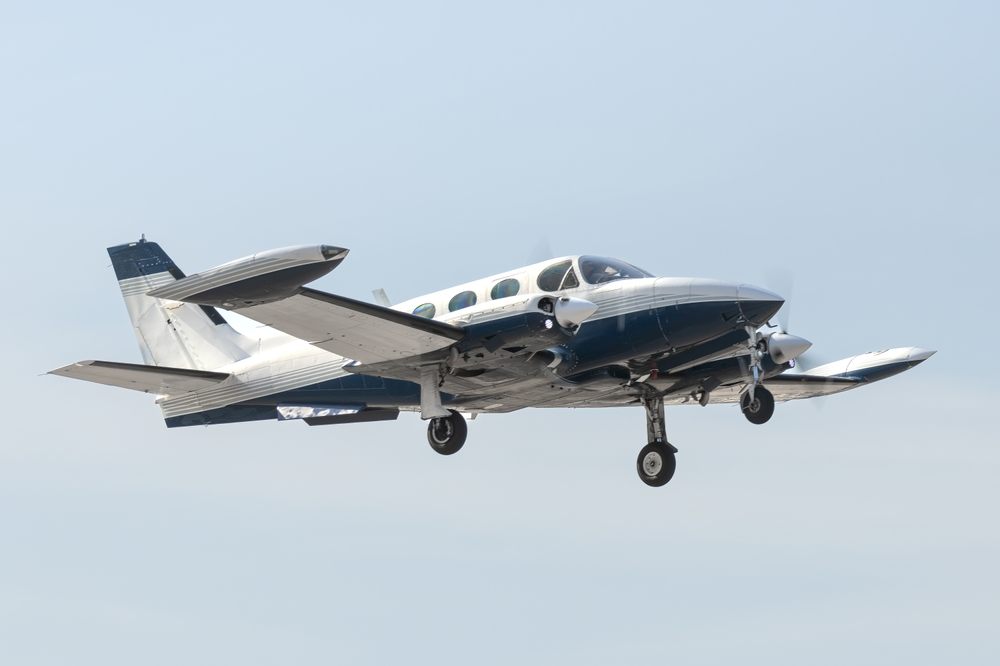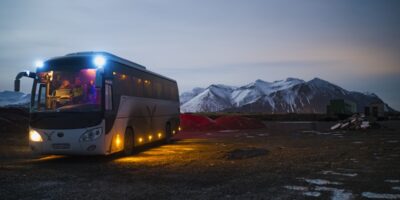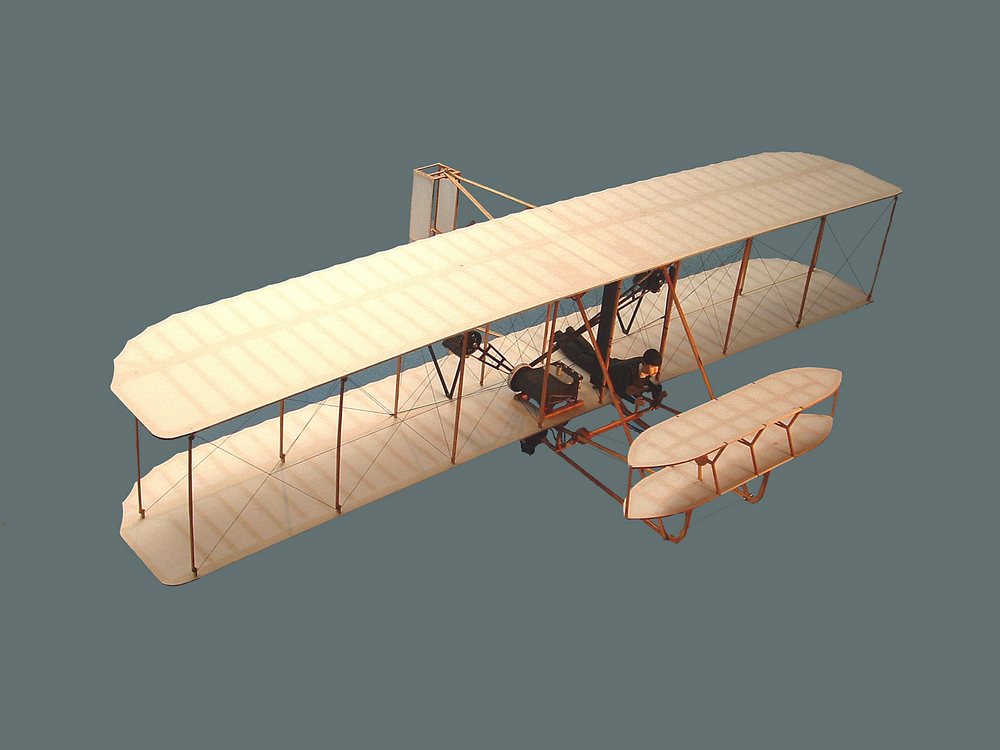Lockwood AirCam: A Comprehensive Overview
The Lockwood AirCam, a unique aircraft, offers unmatched versatility and performance. Originally developed for National Geographic photographers, it has since gained popularity among aviation enthusiasts. The aircraft is designed to operate in diverse environments and from short airstrips.

Origins and Development
The AirCam was developed by Phil Lockwood and the team at Lockwood Aircraft Corporation. It was born out of necessity for capturing stunning aerial photography over African landscapes. The need for a reliable, safe, and maneuverable aircraft led to the creation of the AirCam. Its open cockpit design and twin-engine configuration offered redundancy and stability.
Technical Specifications
- Engine: Twin Rotax 912 ULS or 912 iS (100 hp each)
- Wingspan: 36 feet 6 inches
- Length: 27 feet 4 inches
- Height: 8 feet 6 inches
- Empty Weight: 1,050 pounds
- Gross Weight: 1,680 pounds
- Fuel Capacity: 24 gallons
- Maximum Speed: 100 mph
- Stall Speed: 39 mph
- Rate of Climb: 1,800 feet per minute
Design Features
The AirCam is constructed with a high-wing, twin-boom layout, ensuring excellent visibility for pilots and passengers. Its open cockpit allows for an immersive flying experience. The aircraft’s robust design supports operations in rugged terrains. The twin-engine setup provides safety and confidence, especially during engine-out scenarios. The high-lift wing enables short takeoffs and landings, making the AirCam suitable for remote airstrips.
Performance and Capabilities
The AirCam excels in low-speed flight, allowing it to safely and effectively capture aerial footage and conduct environmental surveys. Its high rate of climb and short takeoff distance are key performance features. The versatility of the AirCam makes it ideal for missions such as aerial photography, wildlife observation, and even personal recreation. Its ability to fly at low altitudes and at slow speeds differentiates it from many other aircraft.
Safety Features
Safety is paramount in the AirCam’s design. The twin-engine configuration ensures that in the event of an engine failure, the aircraft can continue to fly and safely return to base. The open cockpit design, while offering unmatched visibility, also facilitates easy egress in emergency situations. The aircraft’s construction includes high-strength materials that enhance durability and crashworthiness.
Pilot Experience
Pilots who fly the AirCam often praise its handling characteristics and the unique flying experience it offers. The open cockpit gives pilots a direct connection to the environment, providing an exhilarating and engaging flight. The simplicity of the aircraft’s systems makes it accessible for pilots with a range of experience levels. Training on the AirCam is straightforward, focusing on the nuances of twin-engine flying and operational procedures in varied environments.
Market and Community
The AirCam has cultivated a dedicated community of owners and enthusiasts. This community often gathers at fly-ins and events, sharing their experiences and modifications. The aircraft’s kit form allows builders to customize and personalize their AirCams, further enhancing its appeal. The Lockwood Aircraft Corporation supports this community with parts, updates, and customer service.
Environmental Impact
The AirCam’s efficient engines and lightweight design contribute to a lower environmental footprint compared to larger, more conventional aircraft. Its ability to land on short, unprepared airstrips reduces the need for extensive infrastructure. This makes the AirCam suitable for operations in environmentally sensitive areas where minimal disruption is crucial.
Cost and Investment
Building an AirCam from a kit can be a significant investment. Costs include the kit itself, engines, instruments, and other necessary components. However, many owners find the investment worthwhile due to the aircraft’s capabilities and versatility. Operating costs are also favorable, with the Rotax engines known for their fuel efficiency and reliability. For those looking into preserving value, the AirCam’s niche yet passionate market helps maintain good resale values.
Global Operations
The AirCam’s popularity extends beyond the United States. It operates in various regions worldwide, from Australia’s outback to Africa’s savannas. Its operational flexibility makes it suitable for a range of environments, from tropical jungles to arid deserts. International operators appreciate its robust design and adaptability.
Future Developments
Lockwood Aircraft Corporation continues to innovate, focusing on improvements and new variants of the AirCam. Developments in engine technology and materials may further enhance its capabilities. The company listens to feedback from the community to guide future updates, ensuring the AirCam remains a versatile and beloved aircraft.


